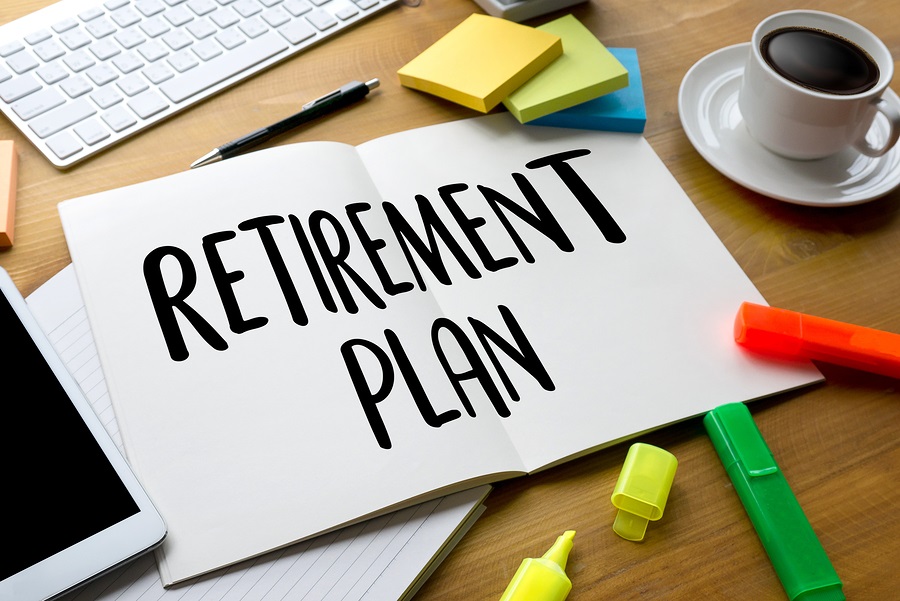In a Forbes article from a few years back entitled “The Five Phases of Retirement Planning,” author Bernard Krooks discusses the various stages of retirement and steps that seniors should take to prepare for each. Krooks, an elder law attorney, defines “mid-retirement” as beginning at age 70, lasting as long as a person is still “able-bodied and high-functioning.” It is during this phase—when you are still in good health—that Krooks suggests considering what decisions you would want your family to take should you experience a significant decline in your mental or physical health.
The article goes on to describe the “late-phase” of retirement: the point after which a person’s health has begun to decline, and they require significant help in order to function on a day-to-day basis. Krooks notes that, “The hope is that by this point, all the planning done in prior years makes this transition as manageable and life-affirming as possible.”
>> Related: 4 Must-Dos of Retirement Planning
A longer life means a longer retirement
The number of older Americans is rising rapidly as the Baby Boomers reach retirement. Also thanks to advances in modern medicine and technology, people are able to live longer. Think about this: In 1960, the life expectancy of a man in the U.S. was 66.6 years, and for a woman, it was 73.1 years, according to the CDC. As of 2015, those numbers had increased by nearly a decade: For men, average life expectancy was up to 76.3, and for women, it was up to 81.2, per the CDC. Today, a healthy 70-year-old in the U.S. can probably expect to live another 10 to 15 years on average—and many will live even longer—but rarely without the need for at least some degree of assistance, such as long-term care services.
>> So I’ll Probably Need Long-Term Care, But for How Long?
Longer lifespans, combined with the potential need for extended long-term care, means that people must take an even more forward-thinking approach to planning for the later phases of retirement than in previous generations. Unfortunately, however, families and financial advisors too often fail to make a proactive, specific plan for this stage of life. The result is that most seniors and/or their families find themselves having to be reactive in addressing lifestyle and healthcare needs that may arise in the “late-phase” of retirement.
The scenario often goes like this: A senior has a significant health issue that develops suddenly. The spouse, adult children, or other family members must quickly shift into crisis-management mode, urgently researching care options, regardless of the flexibility of their personal schedule, their physical ability, or their emotional capacity to take on such a daunting task. Perhaps you experienced a similar situation with your own aging parents.
The most important choice in your retirement plan
If you are approaching (or are already in) the “mid-retirement” phase, it is the perfect time to make a plan for your “late-retirement” years—while you are still active and in control of your own decisions. Putting off such important decisions about your potential future needs could leave you and your loved ones facing tough, and often costly, situations down the road.
I would argue that one of the more important and complex decisions to consider in the retirement planning process is where to live. Admittedly, there are a lot of options in this day and age. Many seniors plan to stay in their existing home for as long as possible; others choose to relocate to a 55 and over community, while still others opt for a continuing care retirement community (CCRC, also called a life plan community), which offers residents a so-called continuum of care that addresses any assistance needs as they arise.
>> Related: The Basics of Senior Living and CCRCs
As you consider the many senior living options, keep in mind that paying for care and access to care are two very separate issues. For example, you may have long-term care insurance and/or you may have a substantial amount of savings and assets, all of which will help you pay for care. However, having adequate money does not address the other aspect of the issue: where and how your care needs will be provided if and when you require assistance.
This is one reason why a CCRC appeals to some people. After paying the entry fee, new CCRC residents typically move into the independent living area of the community, where they will usually have things like housekeeping, home maintenance, and one meal a day provided as part of their monthly fee. However, should health issues arise, the appropriate level of care services will be given to the resident within the same campus. It not only affords residents with the assistance and support they need, when they need it, it also provides them and their loved ones with a tremendous amount of peace of mind.
>> Related: Prospective CCRC Residents’ 9 Frequently Asked Questions
Making your plan
Wouldn’t it be nice if there was a simple way to make a plan for every possible retirement scenario? While no one knows exactly what the future holds, you do have the power to prepare for many of the situations that commonly arise as we age.
I advise seniors to do these three things to help plan for the unknowns of their retirement years: 1) research and understand your senior living options, 2) consider the pros and cons of each, and 3) have detailed conversations with family members, medical providers, and other professional advisors (legal, financial, etc.) about your options and wishes. Taking these three steps can potentially help you and your loved ones avoid some difficult choices in the future.
If you would like to learn more about CCRCs in your area, check out our free online community search tool. It’s a great place to begin your CCRC research.

FREE Detailed Profile Reports on CCRCs/Life Plan Communities
Search Communities






